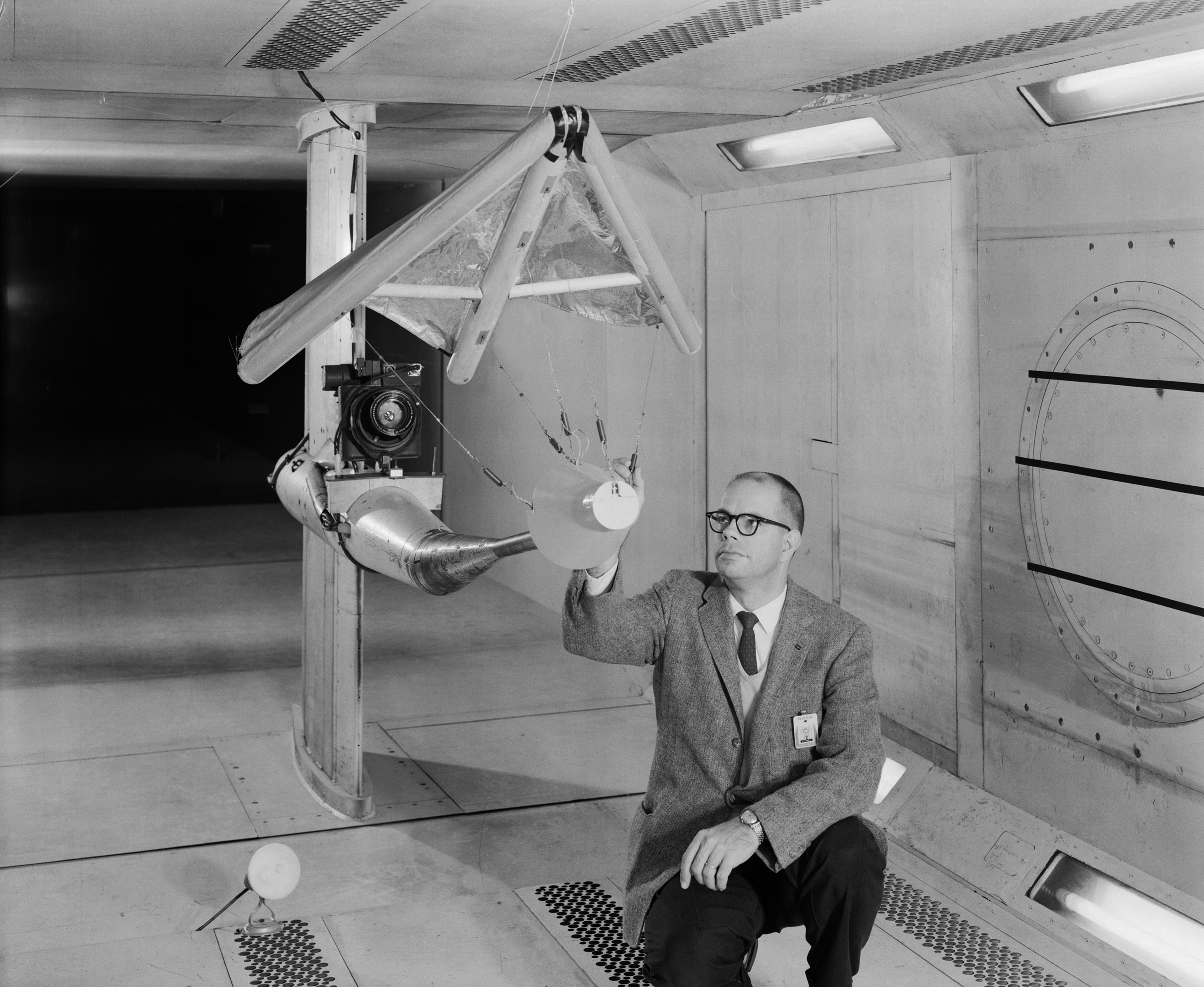By Laurence Prusak
NASA’s fiftieth anniversary, being observed in a variety of ways this year, including in this special issue of ASK, makes me think about the importance of looking back—not just to celebrate but to learn from the past. 
I am frequently astonished at just how a historical so much of so-called management thinking is—to say nothing of how little history seems to be taught to our students nowadays. From grade school through business school, it is often assumed that the past has little to offer the present or to contribute to preparing for the future. It is really a remarkable reversal of how our grandparents were taught. Their generation considered history a key subject for study if not the key subject. History has been highly valued as far back as we have records in ancient China, India, the Near East, and Africa. It’s only in the past thirty years or so that schools began to replace the study of the past with understanding the present through various social science subjects such as economics, political science, sociology, and all the stuff lumped under the social science umbrella.
But history counts. The past shapes the present. Organizations, as well as cultures and countries, are what is sometimes called “path dependent.” That is, their past experiences and behaviors set the table for present and future actions. And while I am not at all a determinist, it is the rawest folly to pretend that the activities of the near and even far past have no pull or power in the present.
So why do most organizations have so little real and passionate interest in their own past? Well, politics play a role here. While knowledge may sometimes be power, as the saying goes, power is always in a position to dictate what knowledge is taught and what is ignored or denied. It is often difficult to learn anything like the real truth in many organizations because those in power don’t care to admit their own imperfections, missed opportunities, outright blunders, and malfeasance (or, for that matter, the valuable contributions of some of their predecessors). Their actions are often covered in clouds of rationalizations and ambiguities, including claims that the right thing to do is focus on the future and not be distracted by “ancient history.” This presentism, aptly expressed in the popular saying, “that was then, this is now,” tries to pretend that “then” is a useless construct and obstructs current understanding.
But how can we learn to do better if we don’t have a real understanding of both the good and the bad in our own past? How can we solve current problems if we choose to ignore their causes? The errors and mistakes we make, at NASA and everywhere else, are often distinct. We need to study them dispassionately to make any progress in doing things more effectively. Without using our own history to teach, we lose the source materials that can best instruct us.
In this anniversary year, NASA is appropriately celebrating its many astonishing accomplishments. It is also, in forums and publications (including this one), hearing about what went into those accomplishments from people who were part of them. It is engaged in discussions about what the triumphs and tragedies of the past tell us about what the space agency needs to do and be to achieve its future goals.
All that is important, but we should also think about how NASA can best learn from the past year in and year out. Here is one way I’ve seen the past effectively used to inform the present and prepare for the future.
Organizations can write detailed, honest, real-life cases that are then taught with the actors present, taking part in the discussion of what did and didn’t work. I have seen this done very successfully at Petrobras, the large Brazilian energy firm. It also works at Harvard Business School by way of their famed case-writing methods, as well as at other organizations, but, alas, rarely at government agencies. Having the actors involved gives the cases far more authenticity—it makes them living history that passes the well-known sniff test and allows for a real discussion to take place, one that gives the participants an opportunity to absorb and socialize the lessons in ways that abstract lectures, sets of rules, or e-learning never allow.
All the training courses available in all the organizations in the world can never have the impact of a true story told in an authoritative voice with the participants present to discuss why they did what they did or didn’t do. Of course, this needs to be done in a culture of safety, not one of blame. That would ruin the effort. When done well, though, it is a modestly priced approach that brings history to life, which genuinely promotes learning from the past—a crucial activity humans have relied on for thousands of years.







